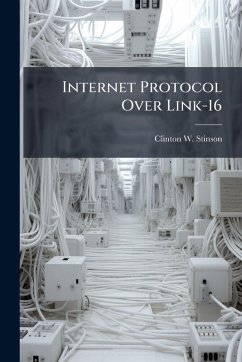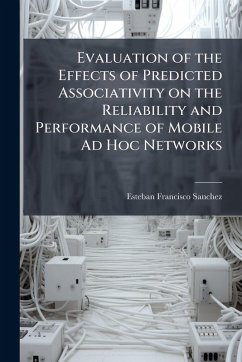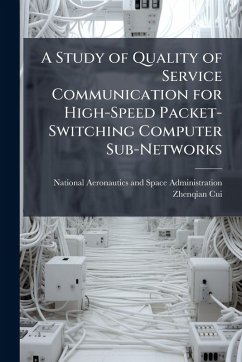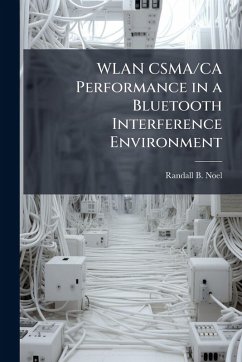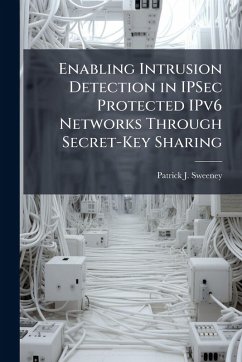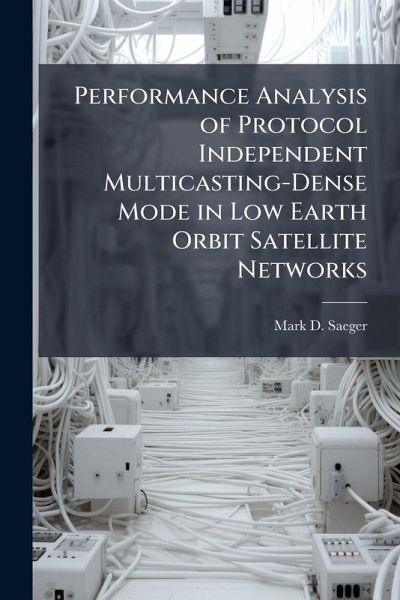
Performance Analysis of Protocol Independent Multicasting-Dense Mode in Low Earth Orbit Satellite Networks
Versandkostenfrei!
Versandfertig in über 4 Wochen
17,99 €
inkl. MwSt.
Weitere Ausgaben:

PAYBACK Punkte
9 °P sammeln!
This research explored the implementation of Protocol Independent Multicasting - Dense Mode (PIM-DM) in a LEO satellite constellation. PIM-DM is a terrestrial protocol for distributing traffic efficiently between subscriber nodes by combining data streams into a tree-based structure, spreading from the root of the tree to the branches. Using this structure, a minimum number of connections are required to transfer data, decreasing the load on intermediate satellite routers. The PIM-DM protocol was developed for terrestrial systems and this research implemented an adaptation of this protocol in ...
This research explored the implementation of Protocol Independent Multicasting - Dense Mode (PIM-DM) in a LEO satellite constellation. PIM-DM is a terrestrial protocol for distributing traffic efficiently between subscriber nodes by combining data streams into a tree-based structure, spreading from the root of the tree to the branches. Using this structure, a minimum number of connections are required to transfer data, decreasing the load on intermediate satellite routers. The PIM-DM protocol was developed for terrestrial systems and this research implemented an adaptation of this protocol in a satellite system. This research examined the PIM-DM performance characteristics which were compared to earlier work for On- Demand Multicast Routing Protocol (ODMRP) and Distance Vector Multicasting Routing Protocol (DVMRP) - all in a LEO satellite network environment. Experimental results show that PIM-DM is extremely scalable and has equivalent performance across diverse workloads. This work has been selected by scholars as being culturally important, and is part of the knowledge base of civilization as we know it. This work was reproduced from the original artifact, and remains as true to the original work as possible. Therefore, you will see the original copyright references, library stamps (as most of these works have been housed in our most important libraries around the world), and other notations in the work. This work is in the public domain in the United States of America, and possibly other nations. Within the United States, you may freely copy and distribute this work, as no entity (individual or corporate) has a copyright on the body of the work. As a reproduction of a historical artifact, this work may contain missing or blurred pages, poor pictures, errant marks, etc. Scholars believe, and we concur, that this work is important enough to be preserved, reproduced, and made generally available to the public. We appreciate your support of the preservation process, and thank you for being an important part of keeping this knowledge alive and relevant.




